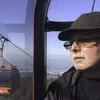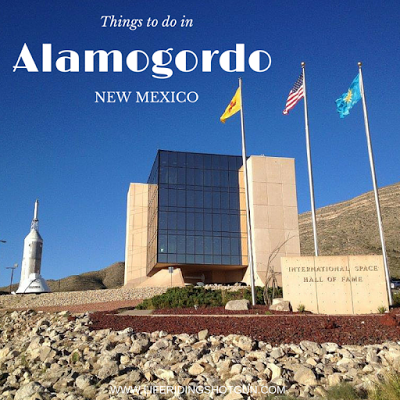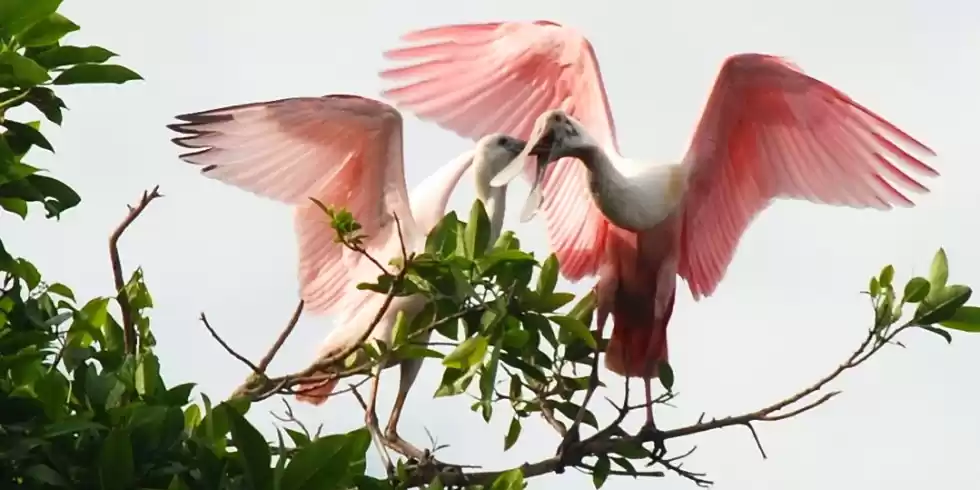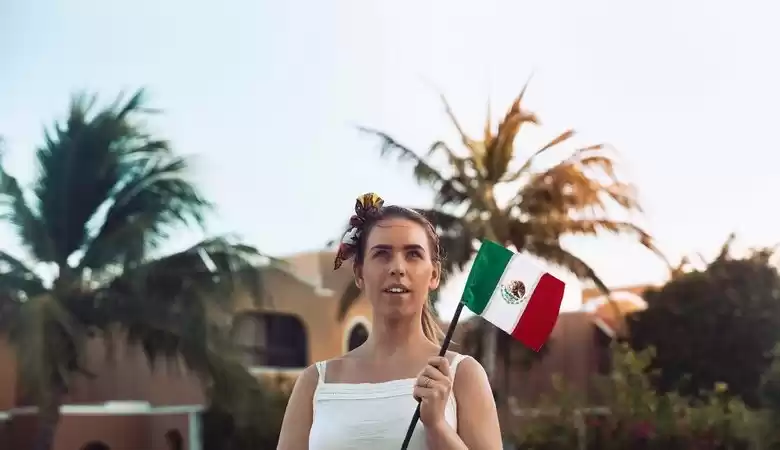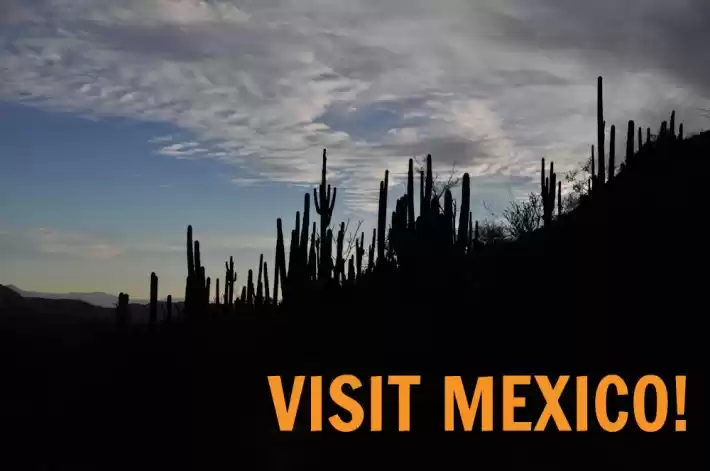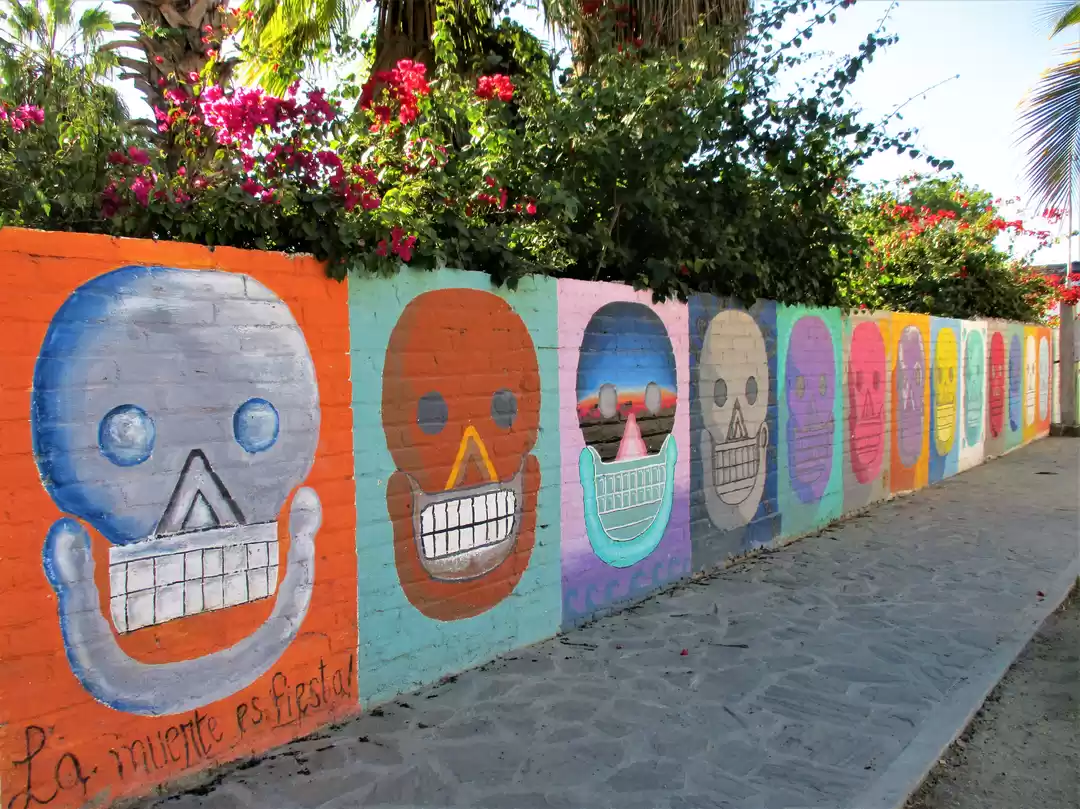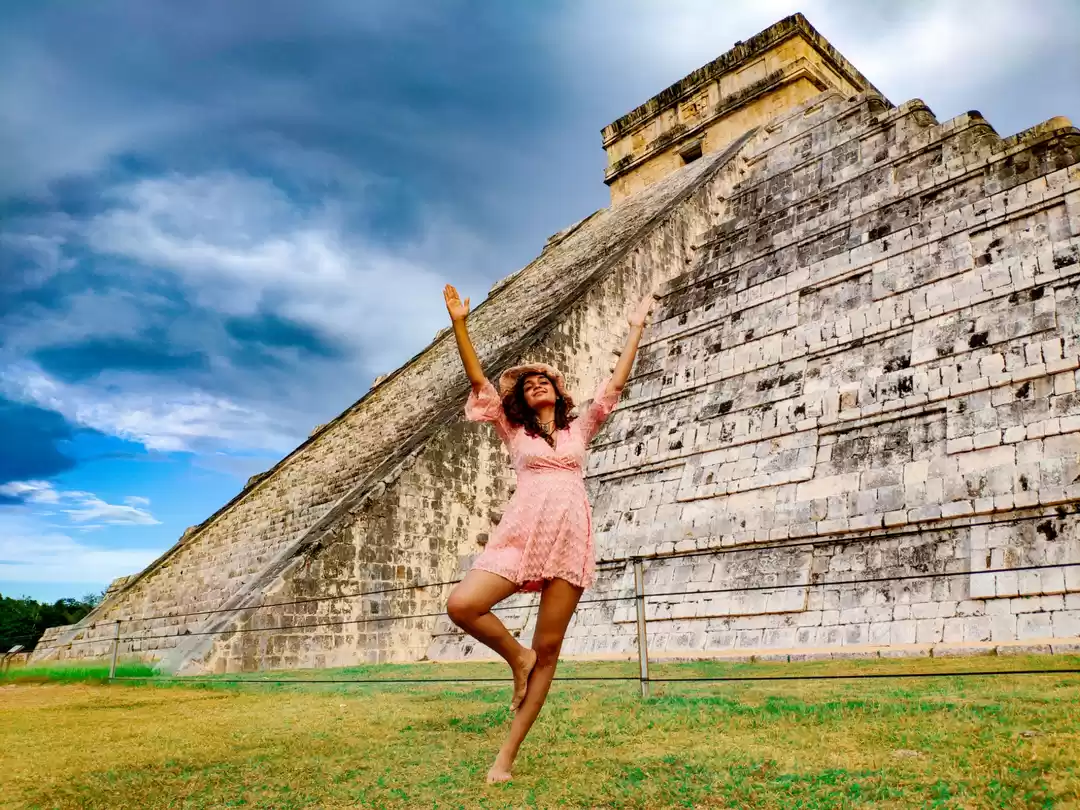
A few years ago I heard about White Sands National Park and added it to my to-see list. This year seemed the perfect opportunity to visit. I studied the map carefully for this trip and realized that while White Sands National Park was in New Mexico, the closest place to start would be El Paso, Texas. We could make a loop which would include a total of three National Parks. Since we were flying in and out of El Paso, it seemed that we should also take some time to check out the city so we planned for a day in El Paso.
El Paso sits right on the Mexican border in West Texas. We arrived in the evening as the sunset was setting. However the view out of the airplane window showed a very brown environment with nearby mountains. In the morning light, the picture didn't change much. I thought that since we were visiting in the winter, it might be a little greener than it might otherwise be, but such was not the case. The area is dry, brown and dusty, but the good news was it was warm bordering on hot. Coming from a cold and wet Seattle, the heat was a treat.
In determining what to do in a day, I fell back on some of my favorite things. The first place on my list was the Mission Trail. The trail is outside of the city and joins together three historic missions. They originally were all part of El Camino Real de Tierra Adentro which extends from Mexico City to Santa Fe, New Mexico. The three on the Mission Trail cover about nine miles.
The first place we visited was Mission Ysleta. This mission has the distinction of being the oldest continuously active congregation in Texas. The mission was a ministry to the Tigua Indians. Floods had destroyed two earlier church buildings, and a fire nearly destroyed another. The current edifice was built from the remains of the burned church. A silver dome on top of the building gives it a distinctive appearance. The interior is narrow, and there is a small chapel off to the side with some delightful folk art. In the sanctuary the various statues were covered to protect them, thus the blue coverings.
The second location was a few miles down the road. Mission Socorro was a more complete complex with a large cemetery and other buildings around it. This was a mission to the Piros people who helped in the construction of the church. Sadly, floods had destroyed two previous buildings here as well. The current church was completed in 1843. The builders constructed the ceilings of the church from cottonwood and cypress beams, a unique feature.
Behind the church is a grotto while along the fence are various stations of the cross. Near the cemetery a small hill recreates Golgotha with three crosses on it and also has a large "rock" for Christ's tomb.
The final church is farther away from the other two. It is part of the community of San Elizario. It was not built as a mission but as a chapel for the presidio or military fort in the town. While the importance of the fort diminished, the community continued to grow as a farming community so the church was maintained. Workers finished building the current chapel in 1882. Unfortunately, a fire destroyed much of the original interior in 1935.
We visited the area on Wednesday, Ash Wednesday to be exact, so we did not go inside this church as they were having an Ash Wednesday service while we were there. We did walk around the town but found it to be pretty quiet. While there were a number of stores in the old buildings, we only found one open which was somewhat of a disappointment. There is a small museum here that focuses on the presence of the presidio. It's worth spending some time there.
With our history interest dealt with, it was time to turn toward another interest, gardens. During my planning I had noted an interesting garden online. However, when we were figuring out where to go that Wednesday, I was using a local guide pamphlet and got confused. We ended up in the wrong location. I had wanted to go to the Chihuahuan Desert Gardens, but instead we ended up at the El Paso Desert Garden in Keystone Heritage Park. This garden did not have the amount of plants that I had anticipated. Having been to a desert garden near Phoenix a number of years back, this turned out to be a bit of a disappointment. Nevertheless there were some nice plant specimens here.
The garden does offer an historical display. It demonstrates how travelers on the Camino Real would camp at a paraje, camping sites along the trail. There was also a nearby wetland area to walk through, but by this time of the day, the heat was a bit much so we didn't pursue the walk. There were some other artistic and sculptural pieces, but they weren't enough to hold our attention in the heat of the day so we didn't stay too long.
After leaving the garden, we decided to check out the downtown area. We parked near the San Jacinto Plaza area which has a fountain of aligators. I'm not sure why. Across the street stands an old closed Kress building. Kress was a major department store which built buildings across the United States. I've seen one in Charleston, Memphis, San Antonio, and Hilo, Hawaii. Their buildings all have interesting architectural details of an art deco design, and this building was no different. From the plaza we continued wandering around the business area looking at the sights which included a yellow door in the middle of the street.
We eventually came to El Paso Street which has an entirely different feel. This street is home to many stores that seemed to be more in tune with Latin America. What makes them distinctive is that the stores spill out into the street. Racks with clothes and mannequins with interesting styles line the sidewalks. It definitely seems more like a street one would find in Mexico than in the United States, but it shows the diversity that we have here in the US that makes us such a culturally rich country.
We ended our day in a very Texas fashion by having dinner at a steakhouse. The place was hopping, and the food was good. Of course the alternative would have been Mexican food. There are a lot of Mexican restaurants in the area, but we figured we would have more opportunity to enjoy that cuisine so this night it was all about the meat.
A one day visit to El Paso really doesn't do the city justice, but it did give us an impression. Unfortunately it wasn't the most positive. Since we came from the Evergreen State, the lack of visual green was hard to take, and the area needed a good dose of rain to wash the dust away. Driving along the freeway we paralleled the Mexican border, and the unfriendly metal slat wall was visible for most of the way. All in all I doubt that we will be making any attempt to return to El Paso in the future.
If you would like to see the photos which accompany this post, please check out the original post at https://batteredsuitcase.net/el-paso-a-city-on-the-border/

